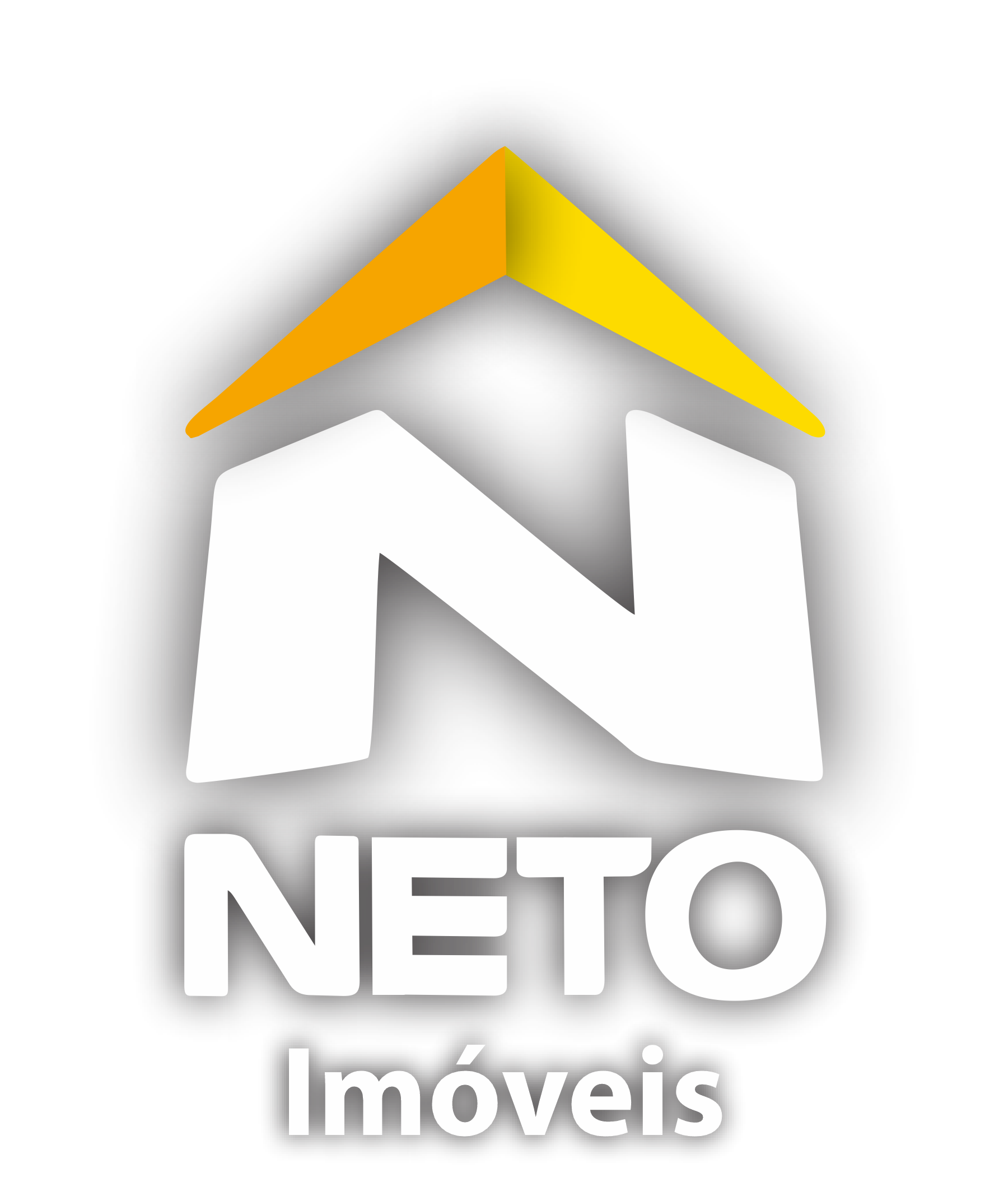Compare AccuRev vs Google Cloud Deployment Manager vs. Terraform in 2022
Content
What’s the difference between AccuRev, Google Cloud Deployment Manager, and Terraform? It depends on the flexibility of the user to use any of these cloud applications. If the user is already into AWS and is entitled to use the same, CloudFormation is the answer but if he/she has the flexibility to use any application with third-party support, Terraform is the better idea. Deployment manager, because with terraform you have the extra headache of having to manage your state file. You also probably can’t get alpha or beta features with terraform. DM is much more flexible as it allows you to use python to inject your own custom logic in templates and also create custom types.
Turn Deployment Environments into Commodities with Azure – thenewstack.io
Turn Deployment Environments into Commodities with Azure.
Posted: Wed, 12 Oct 2022 07:00:00 GMT [source]
Of course, there is gcloud dns, but you cannot manage it via gcloud deployment manager. You have to write a script to deploy infrastructure, then run gcloud dns etc … If you’re only deploying workloads to GCP, Deployment Manager should meet all of your deployment needs. And because it’s a built-in Google Cloud tool, it’s also easier to use from an authentication perspective. On the other hand, Terraform is a better option when deploying to multiple cloud providers or vendors.
The interaction with any underlying APIs is encapsulated inside 3rd party Terraform providers, and any bug fixes or new features require a provider release. Terraform keeps track of the previous state of the deployment and applies incremental changes, resulting in faster deployment times. Unlike the restricted syntax of HCL (Terraform’s language), DM templates enjoy the full power of a general-purpose programming language .
GCP Deployment Manager
This means that instead of being a purely academic exercise, this article can give you something that’s personally useful. In fact, I use Miniflux myself and contributed the Terraform module created in the course of writing this article to their documentation. During Explore, VMware tried to convince customers to use its technology for building a multi-cloud architecture. VXLANs add network isolation and enable organizations to scale data center networks more efficiently.
Google published a very well-written Google Cloud security foundation white paper, which describes a comprehensive IaC strategy using Terraform. If even Google recommends using Terraform over their own product DM, it’s a good strike against DM. With many VMware ESXi servers reaching end of life, users must decide to extend existing support agreements, upgrade to version 7… Many organizations struggle to manage their vast collection of AWS accounts, but Control Tower can help. With this year’s KubeCon + CloudNativeCon North America over, review vendor updates on topics ranging from cloud-native adoption …
Google Cloud Deployment Manager details
As you can see above, the machine type is hardcoded, based on the zone the VM is being deployed to. This isn’t ideal because it requires you to write separate templates for each zone you plan to use. Your all-in-one HR solution to manage and hire work-ready candidates.
To allow your customers to request a trial licence, you can use the Trial Registration Form. It would be a bit stupid to make some changes to the Python code, try to deploy it to the GCP using gcloud, wait and find out that your deployment failed for a simple syntax error. Therefore I created mymain.py module which I used to check that there were no syntax errors and that the final JSON representation looked the same as Supported resource types Google documentation.
What companies use Terraform?
MyEnroll360’s scalable, agile technology platform supports clients of all sizes. FirstWave’s NMIS is a network management system that provides fault, performance, configuration management, performance graphs, and threshold alerts. Business rules allow for highly specific notification policies that can be used with multiple notification methods. FirstWave also enables partners, including some of the world’s largest telcos and managed service providers , to protect their customers from cyber-attacks, while rapidly growing cybersecurity services revenues at scale. TerraformCloudFormationModules are provided to users where resources can be stored in containers and can be used.

SaaS Backup Backup your Google Workspace, Microsoft Office 365, or Salesforce data. Risk Assessment and Access Management Streamline risk assessment and access management of OAuth apps and browser extensions through security policies. Ransomware Protection Reduce downtime to 2 hours from a cloud ransomware attack. SaaS Data Leak Protection Automated SaaS DLP control features and instant security alerts. Multiple Cloud Storage Options Store your data in AWS, GCP or Azure, in multiple storage regions around the world to meet local compliance regulations.
Google Cloud Deployment Manager vs Terraform
The core of the Ionic development experience is Ionic Capacitor, a cross platform native runtime that runs equally well on native iOS and Android mobile devices, as well as any web browser. The big difference is that, unlike traditional native development or cross-platform approaches, the UI of a Capacitor app runs primarily in the browser. At Cardinal Peak, our favorite infrastructure as code tool is Terraform.
On the other hand, Terraform is detailed as “Describe your complete infrastructure as code and build resources across providers”. With Terraform, you describe your complete infrastructure as code, even as it spans multiple service providers. Your servers may come from AWS, your DNS may come from CloudFlare, and your database may come from Heroku. cloud deployment models examples Terraform will build all these resources across all these providers in parallel. MyEnroll360 delivers a smooth and intuitive end-to-end user experience for both employers and employees through modern functionality and a fully integrated system. For administrators, the MyEnroll360 platform empowers easy, effective HR and benefits management.
- Below is a snippet of a YAML template that will create a virtual machine in GCP.
- Questions asking for opinions and/or software/service recommendations are strictly off topic here.
- SpinOne by Spin Technology is a SaaS data security management platform designed to monitor, secure, and back up your G Suite, Microsoft 365 and Salesforce data, protect against ransomware, improve compliance, and reduce IT costs.
- That file also provides the values for various parameters that you are using in your Python files — a nice way to parameterize your cloud solution.
Pulumi is multi-language, multi-cloud and fully extensible in both its engine and ecosystem of packages. It can be executed on any platform and can provision resources for all major cloud providers. Third, Miniflux is developed according to the 12-factor principles. This makes it ready for cloud deployment out of the box and saves me from having to figure out how to retrofit a legacy web application to work in the cloud.
FREE trial offered to test GPS, barcode scanning, signature & drawing, media & attachment upload, formulas, push notifications, white label & offline capabilities. While competing Terraform providers, or plugins, offer similar functionality, there are differences in the implementation details between AWS, Azure and Google. For Terraform, this means that, while the code structure remained the same across providers, individual components had to be rewritten using provider-specific syntax.
more stack exchange communities
Habitat is a new approach to automation that focuses on the application instead of the infrastructure it runs on. With Habitat, the apps you build, deploy, and manage behave consistently in any runtime — metal, VMs, containers, and PaaS. You’ll spend less time on the environment and more time building features. Cyclr is an embedded integration toolkit for creating, managing and publishing white-labelled integrations directly into your SaaS application. With a low-code, visual integration builder and flexible deployment methods, we help take the hassle out of delivering your users’ integration needs. In theory, it can manage any kind of resource, not just cloud infrastructure, that exposes CRUD functionalities through OpenAPI- or Google Discovery-compatible APIs.
Their massive update to HCL looks promising, but I haven’t investigated it into a lot of detail. Thats said though, the gcloud command line tool is extremely good and as Anton has said, you can feed that in when you need it via external. Also note, this is what terraform does and has been doing for a long time.

The Ionic Platform allows you to bring your apps to market faster with an integrated app platform built on the leading cross-platform mobile SDK. Build, secure, and deliver new mobile apps—and transform existing ones—across iOS, Android, and Web platforms from a single codebase. Full scalability—Grow from prototype to production to enterprise-scale, without having to think about capacity, reliability, or performance. Better apps, everywhere—Slash your development time and costs with a platform that lets you write once and deploy anywhere—iOS, Android, and Web.
It is pretty complex, largely static, security-focused, and constantly evolving. The latest vSphere release offers expanded lifecycle management features, data processing unit hardware support and management … By using Python and Jinja, you no longer have to hardcode any of your resources.
DM makes it fairly easy to create a custom type provider for such APIs. However, realistically, you’ll only use it to manage GCP resources. Put these Terraform best practices into action Terraform enables IT teams to complete a range of tasks, from deployment to https://globalcloudteam.com/ multi-cloud management. Apply this collection of best practices to get started with, or optimize your use of, the IaC tool. Azure Resource Manager – Describes how to use Azure Resource Manager for deployment, management, and access control of resources on Azure.
What tools integrate with Google Cloud Deployment Manager?
Ok, so first – AWS Copilot is CloudFormation under the hood, but the way it works results in you not thinking about CFN anymore. AWS found the right balance with Copilot – it’s insanely simple to setup production-ready multi-account environment with many services inside, with CI/CD out of the box etc etc. It’s pretty new, but even now it was enough to launch Transcripto, which uses may be a dozen of different AWS services, all bound together by Copilot.
Comparing GCP Deployment Manager and Terraform
In the long run terraform may be easier to integrate with other services, and there’s always the options of going to other providers. As this is what terraform does, I find the way you structure and work with it very logical and easily understood. Something thats valuable if your going to be sharing and working with other team members. This short article contains a few practical observations on how Google Cloud Deployment Manager compares to Terraform as an Infrastructure-as-Code tool on Google Cloud Platform . It uses the deployment of a demo web application (the free and open-source feed reader Miniflux) as an example. These observations were the result of a technology evaluation study I did at work to choose between these two tools.
Integrations
The templates themselves are entirely open source and available freely on GitHub. We know from working with customers that starting your cloud journey can be daunting. Fortunately, there are a variety of formal options to help you on your way, such as engaging trusted advisors in the Google Cloud Professional Services Organization or one of the many partners in the Google Cloud universe.
